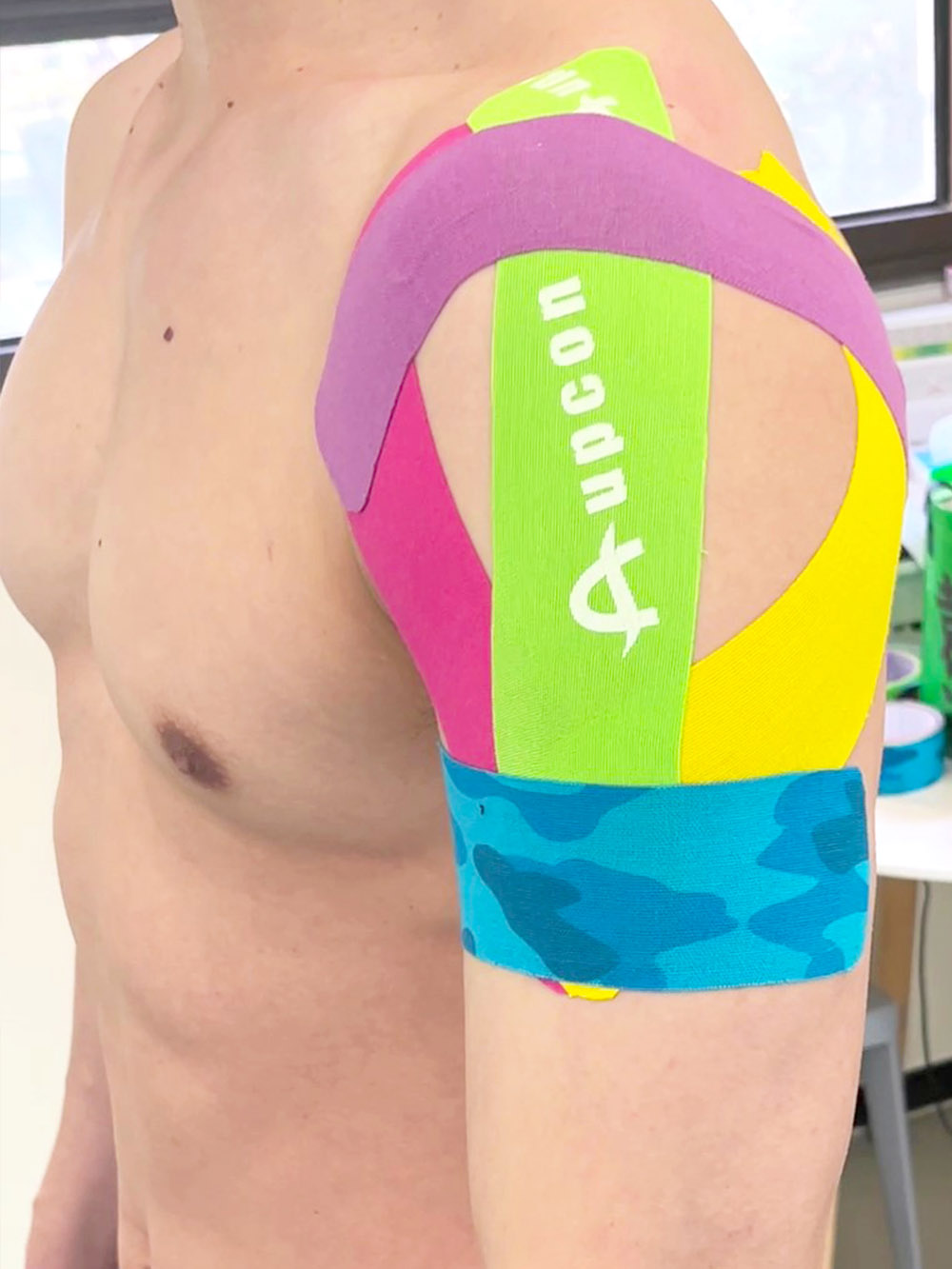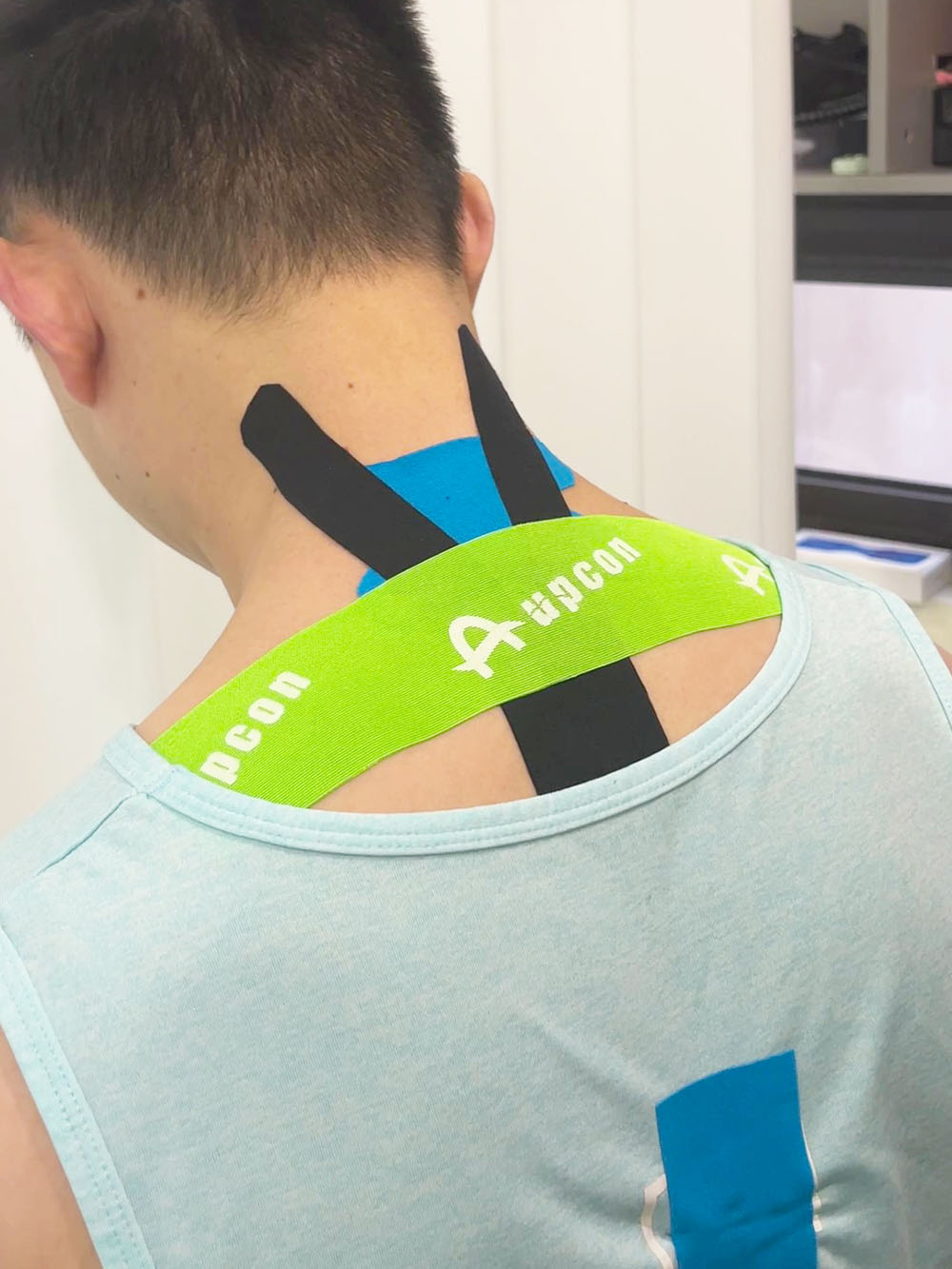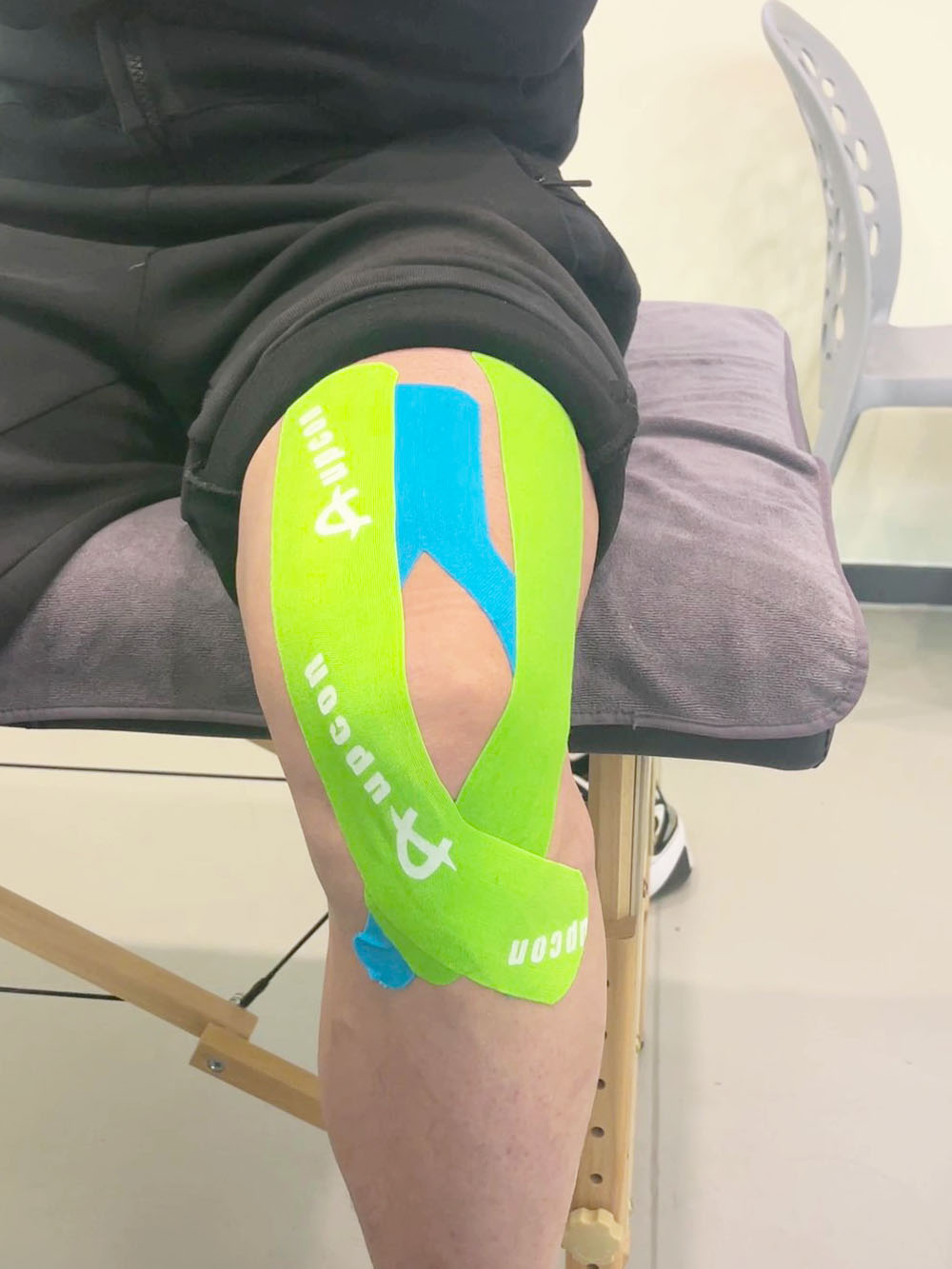How to use kinesiology tape for lower back pain
lower back pain
For those of us who work daily, the back is undoubtedly an area that needs special protection. For example, external injuries, joint problems, muscle sprains, and even extended periods of sitting or lying can cause back pain, which can develop into symptoms such as lower back pain, upper back pain, sciatica, shoulder pain, herniated disc, mid back pain, neck pain, etc. This article will focus on lower back pain, one of the symptoms of back pain, and help you eliminate the trouble of lower back pain as soon as possible using kinesiology tape for lower back pain.
kinesiology tape Taping tips
- Before work each day, apply kinesiology tape to your lower back to prevent pain.
- Carefully rub the kinesiology tape for lower back pain several times after applying to activate the adhesive.
- To maintain the best results of the tape, it should not be worn for more than 3-7 days.
- Thoroughly remove dirt from the back skin before applying.
- Trim with rounded corners to prevent the edges from peeling prematurely due to friction.
- Do not use tape over broken skin on your back, as this may cause irritation and infection.
How do you use kinesiology tape for lower back pain?
The patient should lean forward slightly, then take a back tape about 15-20 cm long and stretch it 30%.
Position the middle portion of the tape at the lower lumbar spine and extend the back pain tape snugly to the right at 30% tension.
Extend it to the left at 30% tension, keeping the tape parallel to your lower back.
The second strip of tape is applied similarly, perpendicular to the lumbar spine, forming a “+.”
Using the same force, stick the tape diagonally onto the “+” with the middle of the “+” as the intersection point.
Determine where the last strip of tape intersects the third strip—the pain point.
Apply the last piece of tape diagonally with the same force to form a “米” shape, and rub it many times to activate the stickiness.
What is a kinesiology tape for lower back pain?
The main function of tape for back pain
1.Improves posture
2.Provides support and relieves pain
3.Relieves stress on the lower back
4.Improve lower back function
The main application of kinesiology tape
Kinesiology tape is widely used in upper back pain, sciatica, shoulder pain, herniated disc, mid back pain, neck pain, etc
Precautions for kinesiology tape
If allergic symptoms occur on the back skin, please stop using it!
Cotton kinesiology tape
for lower back pain
→
Frequently Asked Questions
Posture: Poor posture can lead to muscle fatigue, sprains, or ligament diseases
Injury: This can happen from lifting heavy objects, exercising, accidental falls, or traumatic pain caused by car accidents.
A ruptured or herniated disc: it can cause lower back pain when you bend forward, especially when lifting heavy objects.
Osteoarthritis: This causes the cartilage in the intervertebral joints to wear away and form bone spurs. After years of use, the cartilage wears away and causes pain.
1. Lower back pain usually presents as localized stabbing or a dull ache in the lower back.
2. Low back pain can spread to the buttocks, thighs, and even heels. (sciatica, herniated disc, heel pain)
3. Muscle spasms are aggravated by exertion, such as coughing, bending over, or defecating.
1. For acute lower back pain, apply a local ice compress for the first two days, 10 to 15 minutes each time, with no limit on the number of times; then switch to a hot compress.
2. apply the local hot compress for 20-30 minutes each time for chronic low back pain.
3. Correct sitting, standing, and activity postures.
4. Medication and acupuncture treatment.
5. Use kinesiology tape for lower back pain as a method of physical therapy to relieve pain and promote recovery.
The tape can be applied to the back skin using the correct method to help support the back, promote blood circulation, and reduce the damage and pain caused by sitting for a long time.
Other Body Parts
Kinesiology tape for lower back pain can help relieve lower back pain, but lower back pain can cause a chain reaction in other parts of the back(upper back pain, sciatica, shoulder pain, herniated disc, mid back pain, neck pain), so there will be more good taping methods to help you with these issues in the future. Stay tuned for our upcoming back pain treatment tutorials if you want to learn more about back pain.







